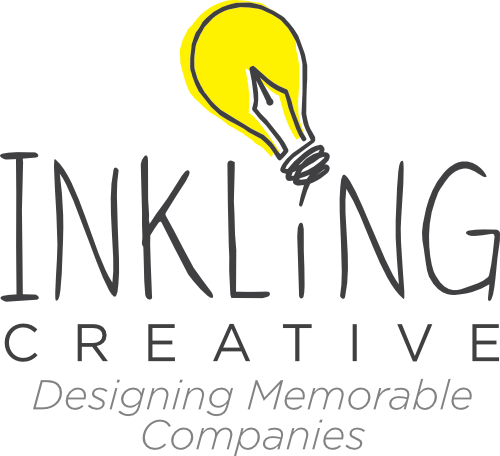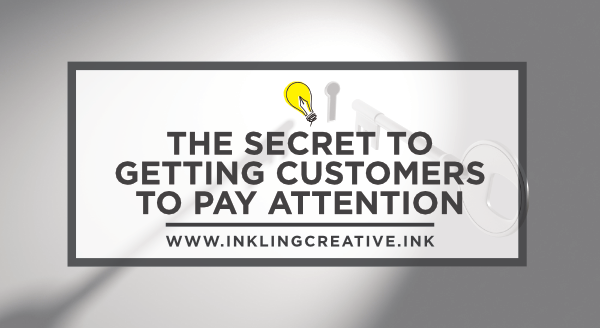In a world saturated with media and marketing, how do you capture someone’s attention long enough for get them to look at your marketing material?
Why should people listen to your message?
Why should they pay attention to your company?
The answer is in your headline.
I know this might sound weird coming from a graphic designer, but part of creating a visually engaging graphics is using sensory-engaging (and curiosity-provoking) words.
In his book, Copywriting Secrets, Jim Edwards writes,
“Without a strong why, people don’t buy.”
You give your audience the answer to those why questions when you write a great headline. Edwards writes that the number one skill anyone must have to become an expert is the ability to write headlines.
They are that little thing that makes or breaks an ad, a blog post, a video, or a piece of marketing material.
Basically, headlines can make or break a business.
Friends, headlines are that important.
The Secret to Writing Good Headlines
The bottom line is, you desperately need to write great headlines.
“Okay, so great,” you might be saying, “I get it. But how?”
Well, I’m glad you asked.
Connect Emotionally
One of the secrets to writing a great headline is to connect emotionally with your audience. To do that, you want to connect with some of their biggest emotions: usually a fear or a desire.
A great headline targets something that your audience is scared of or something that they really want. And it does this on an emotional level.
One of the ways to do this is by using curiosity to pull people in. In your headline, promise you’re going to answer a question related to this fear or desire. Common headline titles you’ve probably seen that do this are:
- How to [address fear or desire]
- The secret to [addressing fear or desire]
- # ways to [address fear or desire]
Target the Right Person
A great headline connects only with people who represent your ideal clients. You don’t want people who are not in your target audience reading past the headline.
Thinking about how this relates to a pay-per-click ad is especially helpful. It helps neither you (nor them!) if a person clicks on an ad when they don't want to buy.
In short, you only want your target audience connecting with your headline.
What Qualifies as a Headline?
Headlines are tricky things. Writing a good headline applies far more than to just a newspaper, a magazine, or an ad. Think about these things the same way you think about one of those headlines:
- Blog post titles
- Video titles
- Ad titles
- Headings on marketing materials
- Facebook posts
- Email subject lines
- Website headlines
Anything you do needs to have a mechanism that grabs attention, stops people in their tracks, and gets them to read on. A headline is how you do that.
The Consequences of a Poor Headline
As in every business decision, there are results (or lack of) when something is either done well or done poorly. Jim Edwards shares a few consequences of writing ineffective headlines:
- You get terrible results
- Frustration occurs (and you may give up)
- Lots of time, energy, effort, and money is wasted writing sales copy and messages that no one ever reads (remember, people have to actually get past the headline to read your message)
- You are always at a disadvantage (because people don’t see your sales message to begin with)
Hopefully, this has shown you that it's essential to write good headlines. It’s something that I am still working on and improving. These tips were for me as much as they were for you :+)
But think about this as a summary:
You won’t be memorable if you can’t get people to notice in the first place.
Contact us today if you don’t want to be forgotten.

